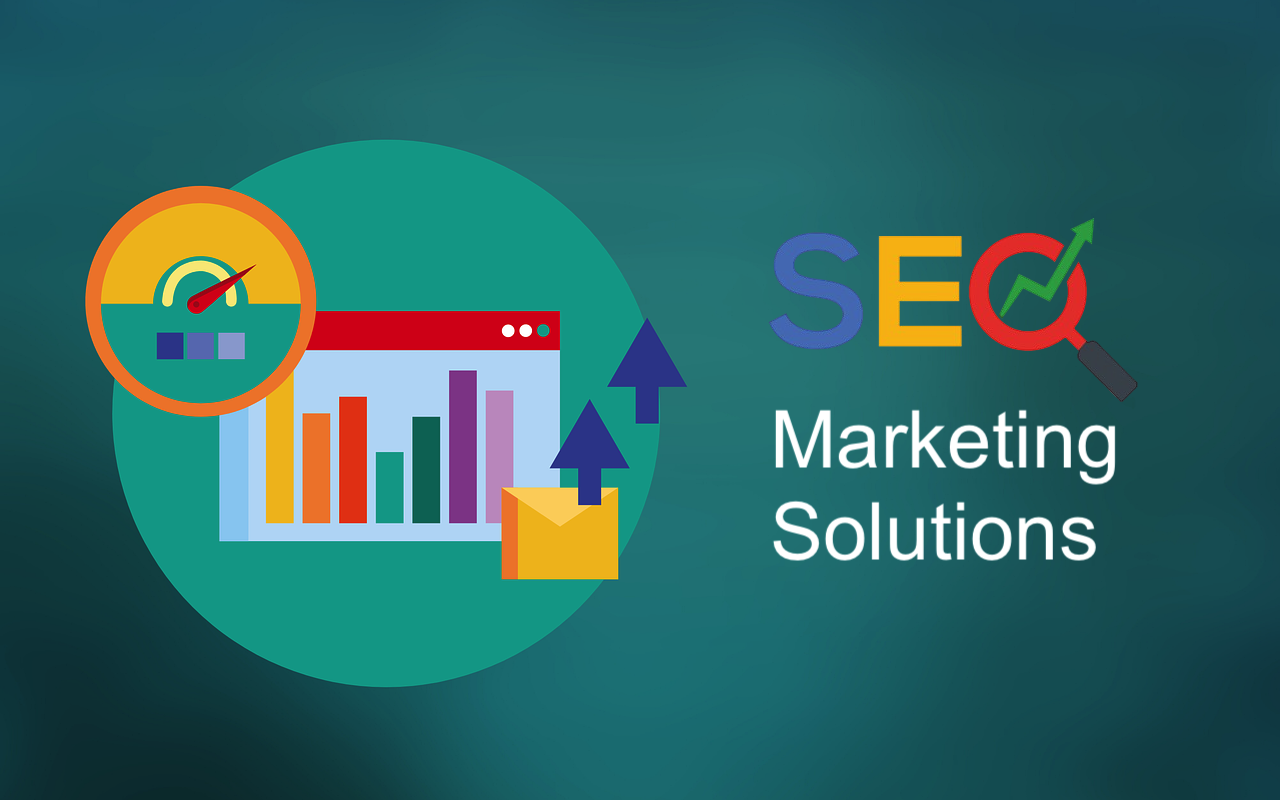
Your website is your business mirror, through which people explore and get an idea of your business. But what will happen if it opens so slowly that visitors avoid coming to your site? How does it turn out for the ranking and security concerns?

Your website is your business mirror, through which people explore and get an idea of your business. But what will happen if it opens so slowly that visitors avoid coming to your site? How does it turn out for the ranking and security concerns?

Modern businesses of all sizes are constantly looking for ways to improve their online presence. One of the most effective ways to achieve this is through Search Engine Optimization (SEO). While it can seem like a complex and overwhelming topic, small changes can have a big impact on your website’s performance.

Businesses must build a strong online presence to succeed. With millions of websites competing for attention, search engine optimization (SEO) has become essential for sustainable growth. Unlike paid advertising, SEO focuses on organic strategies that enhance visibility and user experience. This article provides eight reasons why SEO solutions are crucial for helping businesses grow organically online.

Did you know that over half of all online searches will be done using voice by 2025? That's huge! Voice search uses spoken commands to find information. Traditional search relies on typed queries. The way people search is changing fast. It is crucial for business and SEO. This article looks at voice and traditional search. We'll see how users are adapting. Then, we'll find ways to adapt.

In the modern digital landscape, businesses face the dual challenge of optimizing their online presence while protecting against ever-evolving cyber threats. SEO audit agencies play a vital role in ensuring websites are search engine friendly, but it's becoming increasingly clear that cybersecurity analysis should be an integral part of their services.

Search engine optimization (SEO) is essential for businesses looking to increase their online visibility and drive organic traffic. With the right SEO tools, marketers can analyze their website performance, optimize content, and stay ahead of competitors. Here’s a complete review of some of the best SEO tools available today.

Struggling to keep up with the constant need for fresh content? It's a common problem! Repurposing your existing blog content can be a game-changer. It boosts your SEO and gets more eyes on your work. We'll show you how to make the most of what you already have!

Imagine a small bakery, "Sweet Delights," struggling to attract customers. After focusing on getting more Google reviews, their online visibility soared. More people discovered their delicious treats, and business boomed.

Nobody enjoys waiting for a slow-loading website. In today’s fast-paced digital world, users expect instant access to information, and even a slight delay can lead to frustration, high bounce rates, and lost revenue. But speed isn’t just about user experience—it directly impacts SEO rankings, engagement, and conversions. Google prioritizes fast-loading pages in search results, meaning a sluggish website could be costing you valuable traffic.

A SERP scraping API can act as an integral tool for businesses to keep track of rankings with greater accuracy, as it provides automated access to real-time search engine data. Falling back on old reports is a dead end, as rankings ebb and flow based on algorithmic shifts, competitor moves, and changing search intent.